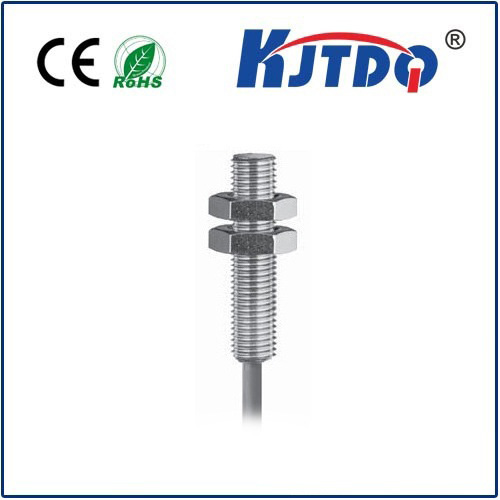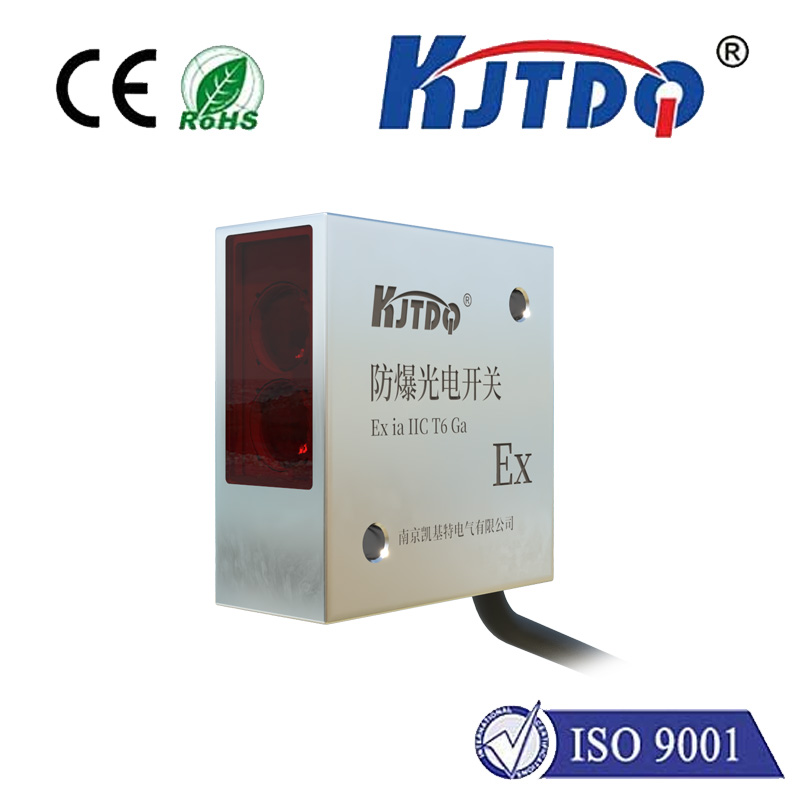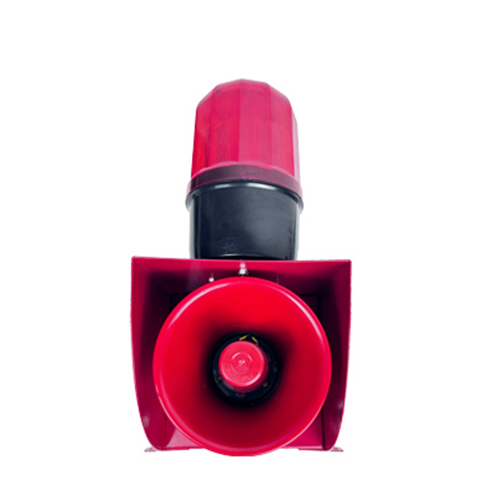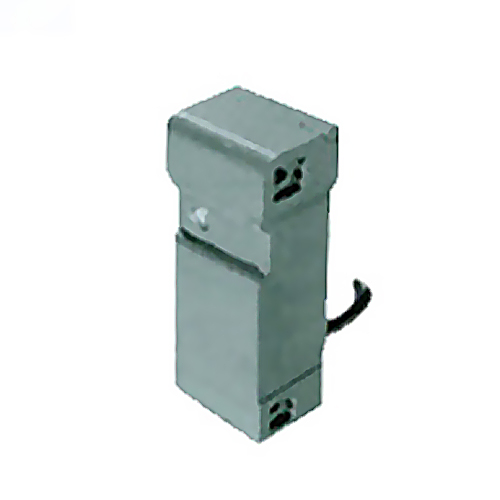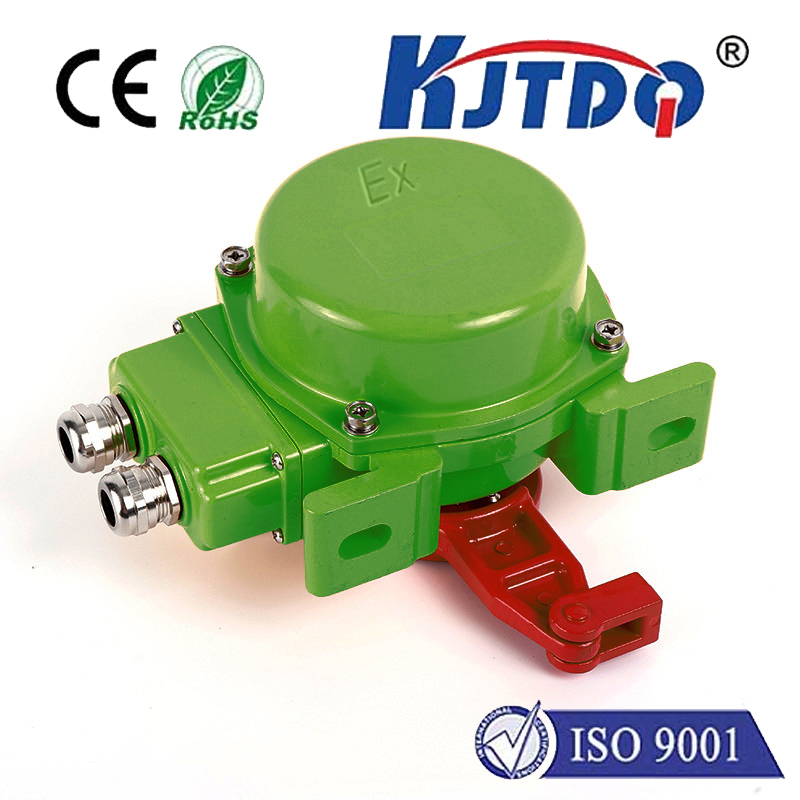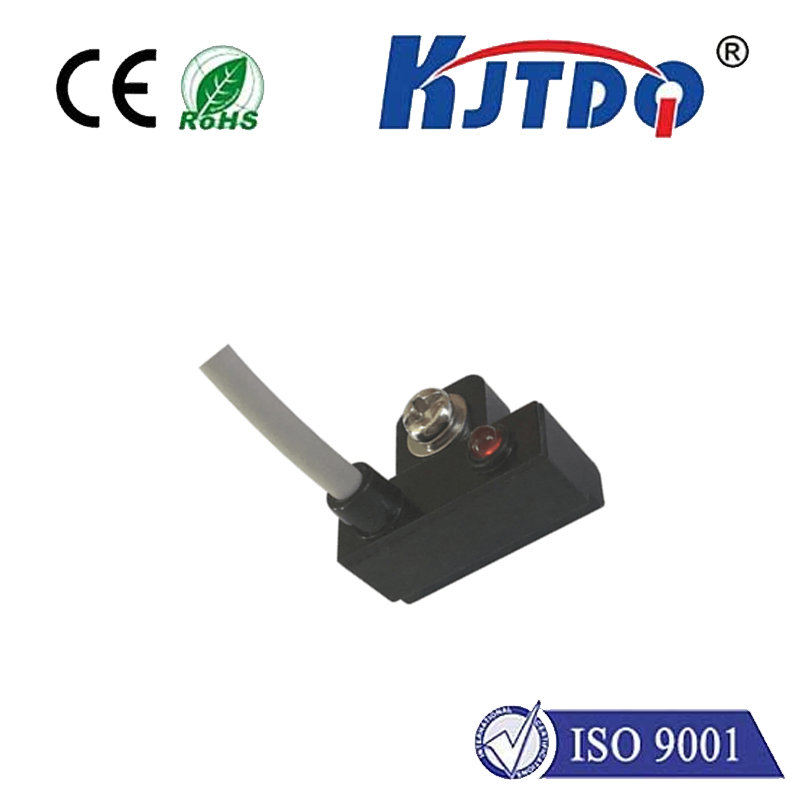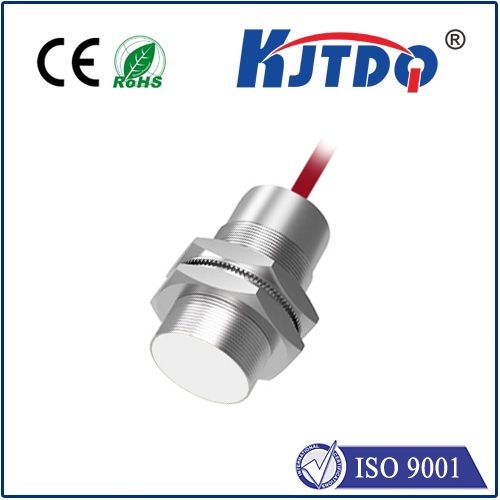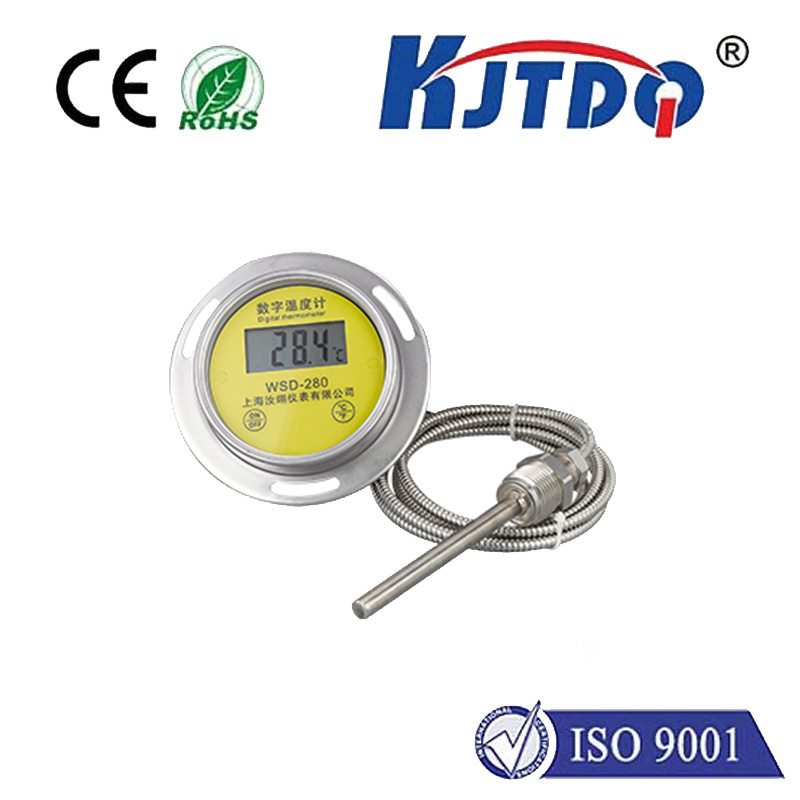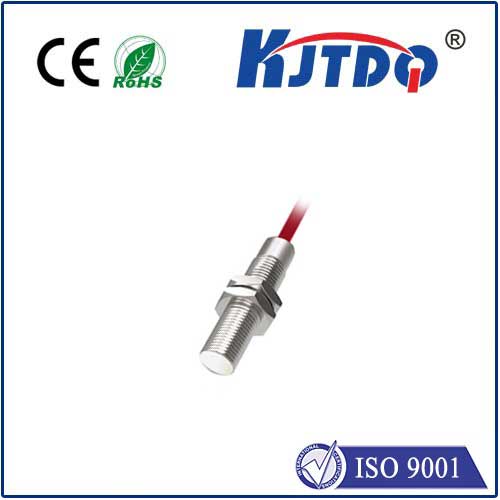BES0221 high pressure proximity sensor
- time:2025-10-02 05:22:30
- Click:0
BES0221 High Pressure Proximity Sensor: Uncompromising Detection in Demanding Environments
Imagine a massive hydraulic press forging critical aerospace components. Deep within its powerful cylinders, pressures soar to extremes that would cripple ordinary sensors. Or picture the relentless environment inside a high-pressure pump pushing fluids through miles of pipeline. In these critical junctures, equipment failure isn’t just inconvenient; it’s catastrophic, dangerous, and costly. This is the domain where standard proximity sensors falter, and where the BES0221 high pressure proximity sensor truly proves its mettle. Engineered specifically to thrive where others fail, this robust component is the silent guardian ensuring precision, safety, and uninterrupted operation when the pressure is literally on.
The BES0221 represents a specialized class of inductive proximity sensors. Unlike standard models, its defining characteristic lies in its exceptional ability to withstand and reliably operate in environments characterized by extremely high fluid pressures. These pressures can range from hundreds to several thousand bar (or psi), commonly encountered in hydraulic and pneumatic systems across heavy industries. Standard proximity sensors, often protected to IP ratings against dust and water jets, simply aren’t designed to cope with the intense compressive forces exerted by fluids under such immense pressure. Without specialized construction, their sensitive internal electronics and housings would deform, leak, or fail outright.
What Makes the BES0221 Stand Apart?
The BES0221 high pressure proximity sensor incorporates several critical design elements to achieve its unparalleled resilience:

- Heavy-Duty, Pressure-Optimized Housing: The sensor body is typically constructed from high-grade stainless steel (like 316L or similar alloys), chosen for its strength, corrosion resistance, and ability to maintain integrity under massive compressive loads. Think of it as the sensor’s pressure-resistant exoskeleton.
- Advanced Sealing Technology: This is the cornerstone. Unlike simpler gasket seals, the BES0221 employs sophisticated sealing methods. These often involve specialized metal-to-metal seals, welded diaphragms, or composite seals specifically engineered to maintain a perfect barrier against fluid ingress even under constant, extreme pressure cycling. Ensuring a leak-proof seal is paramount to protecting the delicate electronics inside.
- Robust Internal Construction: Internal components are designed to resist pressure-induced stresses. Potting compounds resistant to compression and specific mounting techniques minimize the risk of internal damage or shifting due to high environmental pressure.
- Pressure Rating: Crucially, the BES0221 will have a clearly defined maximum pressure rating (e.g., 400 bar, 600 bar, or significantly higher). This is not an ambient pressure rating but the maximum pressure the sensor’s housing and seals can continuously withstand without failure. Exceeding this rating risks immediate damage.
- Maintained Sensing Performance: Despite its fortress-like construction, the core function remains precise non-contact object detection. It reliably detects the presence or absence of metallic targets using an electromagnetic field generated by its sensing face, even while submerged in high-pressure oil, coolant, or other fluids.
Where Does the BES0221 High Pressure Proximity Sensor Excel?
Its unique capabilities make it indispensable in numerous challenging applications:
- Hydraulic Systems: Monitoring piston position inside high-pressure hydraulic cylinders for presses, injection molding machines, construction equipment (excavators, cranes), and industrial machinery. Confirming the position of valves or actuators operating under high pressure.
- Pumps & Compressors: Detection of plunger position in high-pressure reciprocating pumps (common in oil & gas, water jet cutting). Monitoring components within compressors generating significant internal pressure.
- Die Casting & Metal Forming: Position feedback on hydraulic rams and ejector pins operating under the immense pressures required for shaping metals.
- Test Benches & Pressure Vessels: Monitoring components within rigs designed to test the integrity of parts under simulated extreme pressure conditions. Verifying closure mechanisms on pressurized vessels.
- Oil & Gas Exploration/Production: Used in downhole tools, wellhead equipment, and surface systems dealing with high wellbore pressures.
- Power Generation: Monitoring critical components within hydraulic control systems of turbines and other large power generation equipment.
Key Benefits Driving Adoption
Choosing a BES0221 high pressure proximity sensor delivers significant operational advantages:
- Enhanced Reliability & Uptime: Eliminates catastrophic sensor failures caused by pressure-induced leaks or housing collapse, reducing unexpected downtime and costly production halts. Durability is its core value proposition.
- Improved Safety: Reliable operation prevents dangerous situations caused by undetected machine faults or incorrect positional feedback in high-pressure systems.
- Longer Service Life: Designed for harsh conditions, these sensors offer a significantly extended lifespan compared to standard sensors pushed beyond their limits.
- Maintained Precision: Delivers accurate and consistent switching signals despite the challenging environment, ensuring process control integrity.
- Reduced Maintenance Costs: Minimizes the need for frequent sensor replacements and associated labor costs.
Crucial Considerations for Deployment
Effectively utilizing a BES0221 requires attention to detail:
- Know Your Pressure: Always select a sensor whose rated maximum pressure comfortably exceeds the peak operating pressure of your system, including any potential pressure spikes. Never exceed the specified pressure rating.
- Fluid Compatibility: Ensure the sensor’s housing material and seals are chemically compatible with the fluid medium it will be immersed in or exposed to (oil, water-glycol, fuel, etc.).
- Temperature Range: Verify its operating temperature range aligns with your application’s environment, both ambient and fluid temperatures. High pressure and high temperature often coexist.
- Sensing Range & Target Material: Like any inductive sensor, confirm its nominal sensing range (Sn) is suitable for the required detection distance and that the target material is ferrous (steel, iron).
- Mounting: Follow manufacturer guidelines precisely for installation depth, thread engagement, and torque specifications. Improper mounting can compromise the pressure seal.
- Electrical Specifications: Ensure the output type (NPN/PNP, NO/NC) and voltage rating match your control system requirements.
Installation Wisdom: Ensuring Peak Performance
The formidable protection of the BES0221 high pressure proximity sensor relies heavily on correct installation. Always adhere strictly to the manufacturer’s torque specifications when tightening the sensor into its mounting port. Over-torquing can damage threads or distort seals, while under-torquing risks leaks. Ensure the mounting port surface is clean, smooth, and free of burrs that could compromise the seal integrity. For sensors directly exposed to pressurized fluid, verify the orientation is correct according to the datasheet. Proper cable management and strain relief are also essential to prevent damage to the electrical connection point, especially in vibrating environments.
In the relentless world of heavy industry and critical systems, the BES0221 high pressure proximity sensor stands as a testament to engineering resilience. It solves the fundamental problem of detecting metallic objects where immense pressure would destroy conventional sensors. Its robust design, featuring specialized sealing and construction, delivers the reliability, safety, and longevity demanded by the most punishing hydraulic and pneumatic applications. When pressure isn’t just a factor but the defining characteristic of your operating environment, the BES0221 offers the dependable performance essential for optimal control, safety, and productivity.






